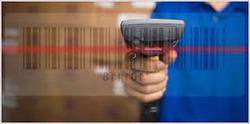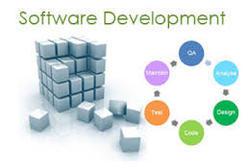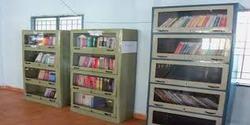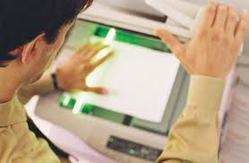Autolib Software Systems
Product Range
Fact Sheet
- Location:Tamil Nadu, India
- Year of Establishment:1998
- Business Type:Business Services
- Main Products:Human Resource Management Services,Software Development Service
- Reviews & Rating:
Get Verified, Sell more with
- Buyer's trust
- Faster conversions
- Better Rankings
- More
Its Free
Verify NowBarcode Solution
In 1948, Bernard Silver was a graduate student at Drexel Institute of Technology in Philadelphia. A local food chain store owner had made an inquiry to the Drexel Institute asking about research into a method of automatically reading product informat
- FOB PriceNA
- Min Order QuantityNA
- Payment TermsNA
Other Details
In 1948, Bernard Silver was a graduate student at Drexel Institute of Technology in Philadelphia. A local food chain store owner had made an inquiry to the Drexel Institute asking about research into a method of automatically reading product information during checkout. Silver joined together with fellow graduate student Norman Joseph Woodland to work on a solution. Woodland's first idea was to use ultraviolet light sensitive ink. The team built a working prototype but decided that the system was too unstable and expensive. They went back to the drawing board. On October 20, 1949, Woodland and Silver filed their patent application for the "Classifying Apparatus and Method", describing their invention as "article classification… through the medium of identifying patterns".
The first commercially successful barcode reading system was patented in November 1969 by John F. Keidel for the General Atronics Corp.
It was soon realized that there would have to be some sort of industry standard set. In 1970, the Universal Grocery Products Identification Code or UGPIC was written by a company called Logicon Inc. The first company to produce bar code equipment for retail trade use (using UGPIC) was the American company Monarch Marking in 1970, and for industrial use, the British company Plessey Telecommunications was also first in 1970. UGPIC evolved into the U.P.C. symbol set or Universal Product Code, which is still used in the United States. George J. Laurer is considered the inventor of U.P.C. or Uniform Product Code, which was invented in 1973. In June 1974, the first U.P.C. scanner was installed at a Marsh's supermarket in Troy, Ohio. The first product to have a barcode included was a packet of Wrigley's Gum.
Images













